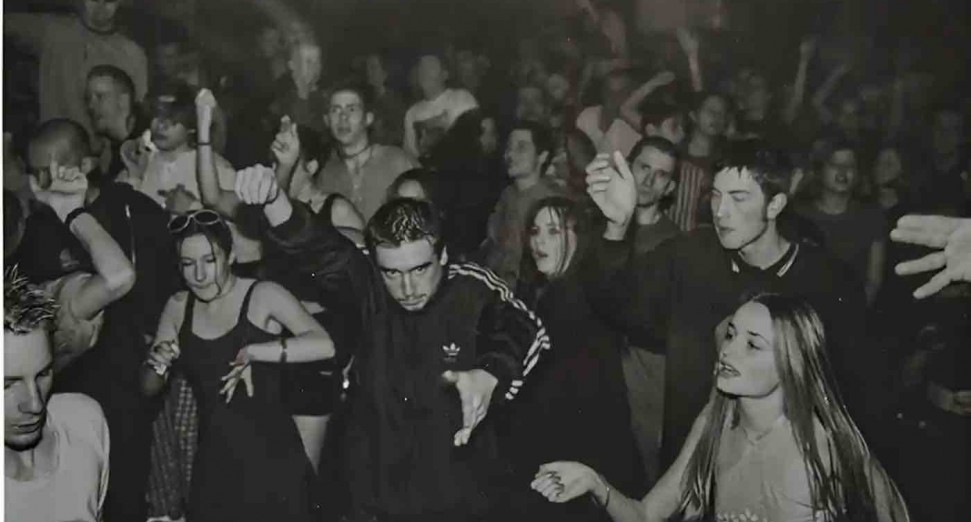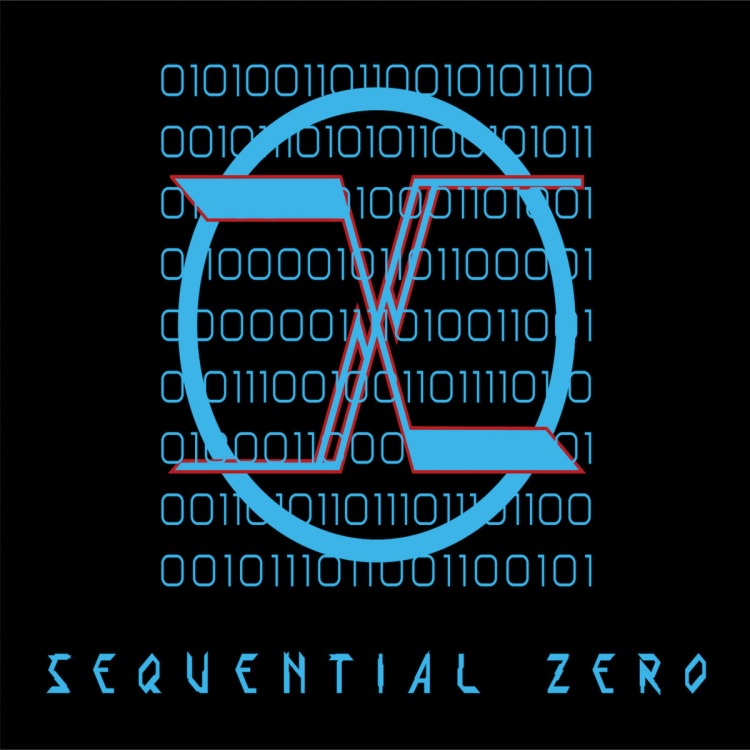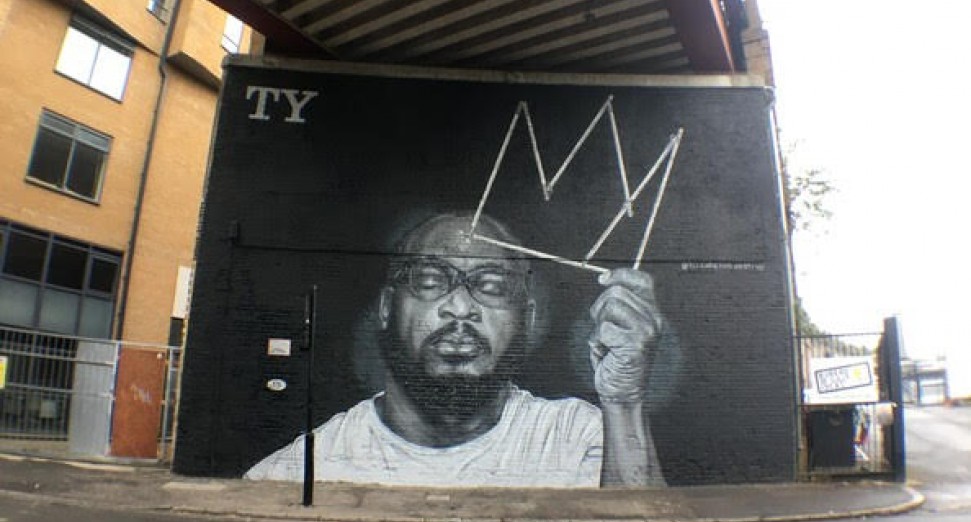
Unearthed '90s photos from techno party House of God to be shown in Birmingham
A collection of previously unseen 1990s photos taken at legendary Birmingham techno party House of God are set to be exhibited in the city later this year.
The black and white imagery captures the spirit and inclusivity of the famously full-throttle event, and were taken at the now-defunct Que Club by the late-Terence Donovan, an acclaimed fashion photographer who visited in 1996 at the request of his son, a student in the city at the time. The images are believed to be the only time Donovan documented UK rave culture, with the event taking place shortly before his death.
In the years between then and now the pictures remained in the Wolverhampton home of House of God founder Chris Wishart. Unearthed during an interview with the promoter conducted by Jez Collins, founder of the Birmingham Music Archive, while researching for a forthcoming documentary film celebrating the landmark venue — a former Methodist church — which ran from 1989 to 2011. During that time it hosted names including Daft Punk, Blur, and David Bowie, alongside dance music institutions such as Atomic Jam and Flashback.
A selection of the photos will now feature in an exhibition at Birmingham Museum & Art Gallery, ‘In the Que’, which opens on 28th April.
“At the time [Donovan] took these photos, he was still a photographer for Vogue doing fashion shoots and taking photos of rich and famous people,” Collins told The Guardian in a recent interview. “He would photograph people like Princess Diana and musicians like Jimi Hendrix and Ian Dury — but to my knowledge, he had never photographed a club environment and ordinary, everyday people.
“He would have been completely out of his comfort zone in terms of the music, which had a pounding beat, with a lot of drugs being taken in the dark,” he continued. “He captured something of great beauty. The photographs are really evocative of what clubbing culture was like then… That intimacy, that closeness, that experience of being very close to people you don’t know and sharing in that same moment the same music — and dancing together. That sense of being part of something bigger than yourself.”
Last year a slew of evocative rave images hit the public eye. Recent examples include the ‘UK Rave 1991‘ project by Tony Davis, and a new photobook focused on 1990s queer club culture in northern England.
Image (C) Terence Donovan



